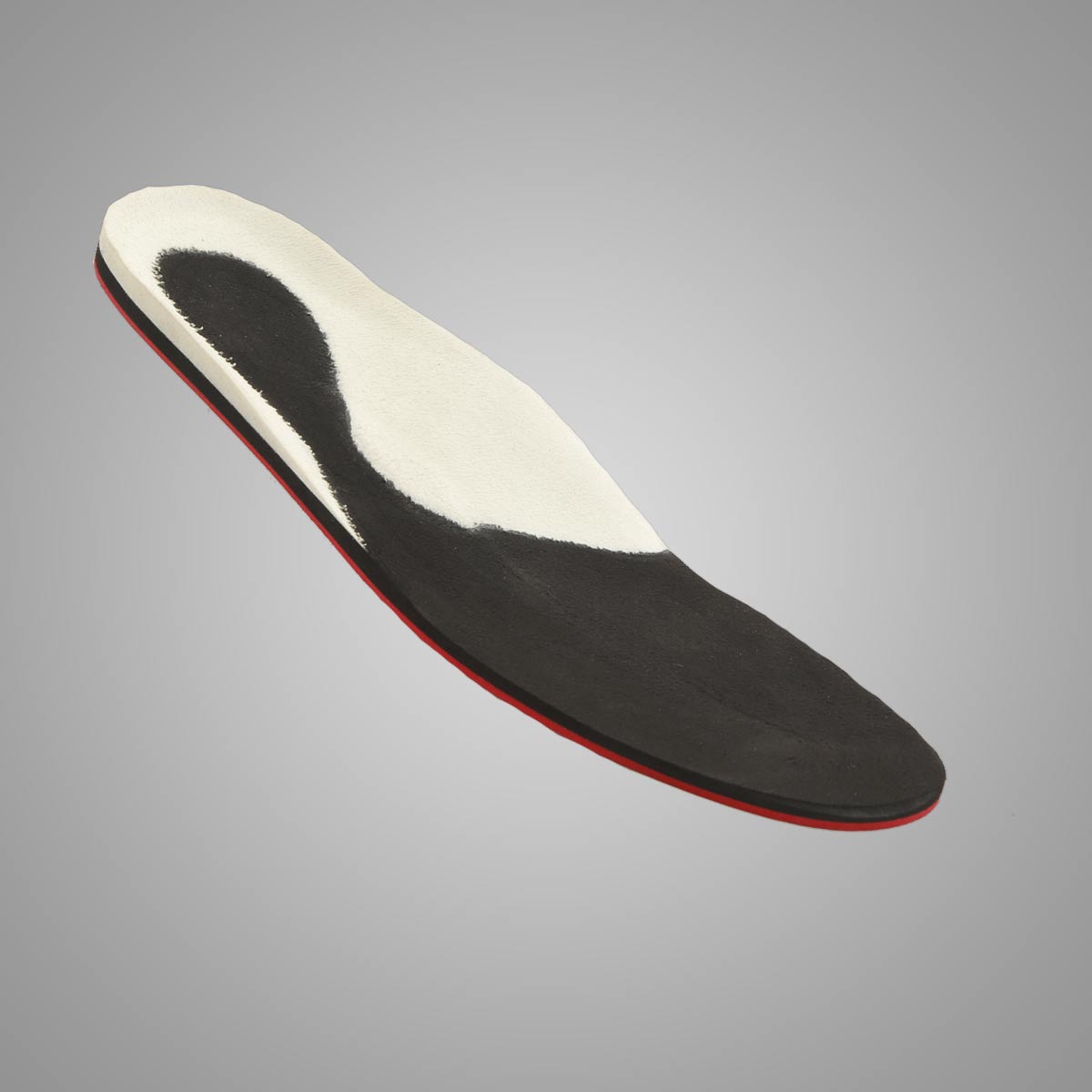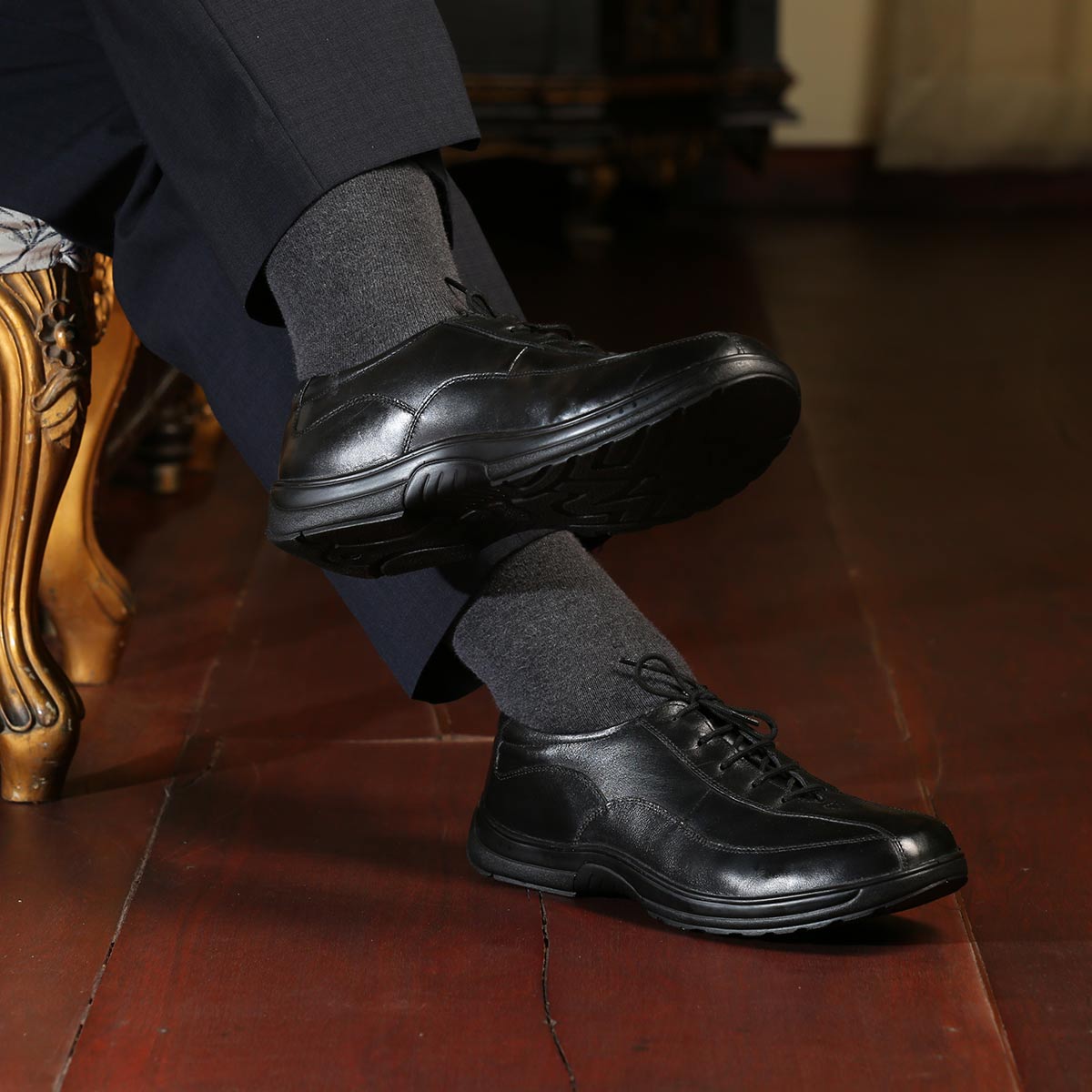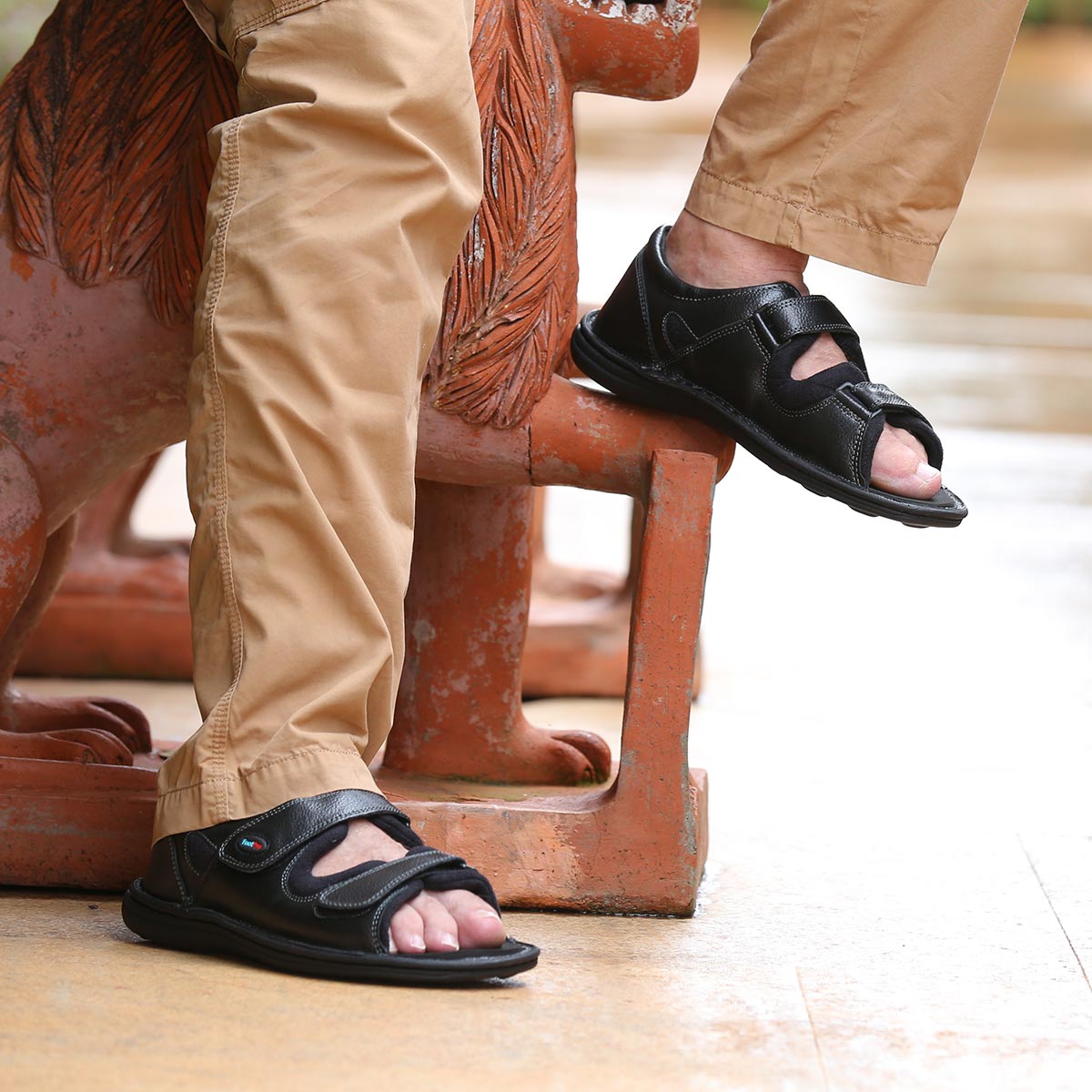
Limb Length Discrepancy
Limb-Length-Discrepancy','A discrepancy in leg length will usually become obvious to parents as they watch their child grow and begin to crawl and walk. Some children are born with legs of different lengths. In other cases, illness or injury causes a discrepancy in length to develop over time. While a slight difference in leg length may not cause symptoms, a significant difference can cause a noticeable limp and make it difficult for a child to run and play.
Treatment for a discrepancy depends upon the severity. In many cases, a minor difference in leg length can be evened out by wearing a lift in one shoe. A child with a more significant difference, however, may benefit from surgery to make his or her legs the same length.
Previous Injury to a Bone in the Leg
A broken leg bone can lead to a limb length discrepancy if it heals in a shortened position. This is more likely to happen if the bone was broken into many pieces. It is also more likely to happen if the skin and muscle tissue around the bone were severely injured and exposed, as occurs in an open fracture. In a child, a broken bone sometimes grows faster for several years after healing, causing it to become longer than the bone on the opposite side. This type of overgrowth occurs most often in young children with femur (thighbone) fractures.
Alternatively, a break in a child's bone through the growth plate near the end of the bone may cause slower growth, resulting in a shorter leg.
Bone Infection
Bone infections that occur in growing children may cause a significant limb length discrepancy. This is especially true if the infection happens in infancy.
Certain bone diseases may also cause limb length discrepancy.
Symptoms
Patients who have differences of 3.5 to 4 percent of total leg length (about 4 cm or 2/3 inches in an average adult) may limp or have other difficulties when walking. Because these differences require the patient to exert more effort to walk, he or she may tire easily.
Nonsurgical Treatment
For patients with minor limb length discrepancies (less than 1 inch) and no deformity, treatment is usually nonsurgical in nature. Because the risks of surgery may outweigh the benefits, surgical treatment to equalize small differences in leg length is not usually recommended.
Nonsurgical treatments may include:
Observation. If your child has not yet reached skeletal maturity, your doctor may recommend simple observation until growing is complete. During this time, your child will be reevaluated at regular intervals to determine whether the discrepancy is increasing or remaining the same.
Wearing a shoe lift. A lift fitted to the inside or outside of the shoe can often improve a patient's ability to walk and run. A shoe lift may also relieve back pain caused by a smaller limb length discrepancy. Shoe lifts are inexpensive and can be removed easily if they are not effective.
FootPro insoles help to correct limb length discrepancy easily . The patient is able to walk without limping with correction insoles. Correction is possible for varying lengths with Footpro Insoles. Also, our insoles neatly fit inside the shoe or footwear and is not easily identifiable.
Surgical Treatment
Please consult a doctor for detailed information on corrections with surgery.



















